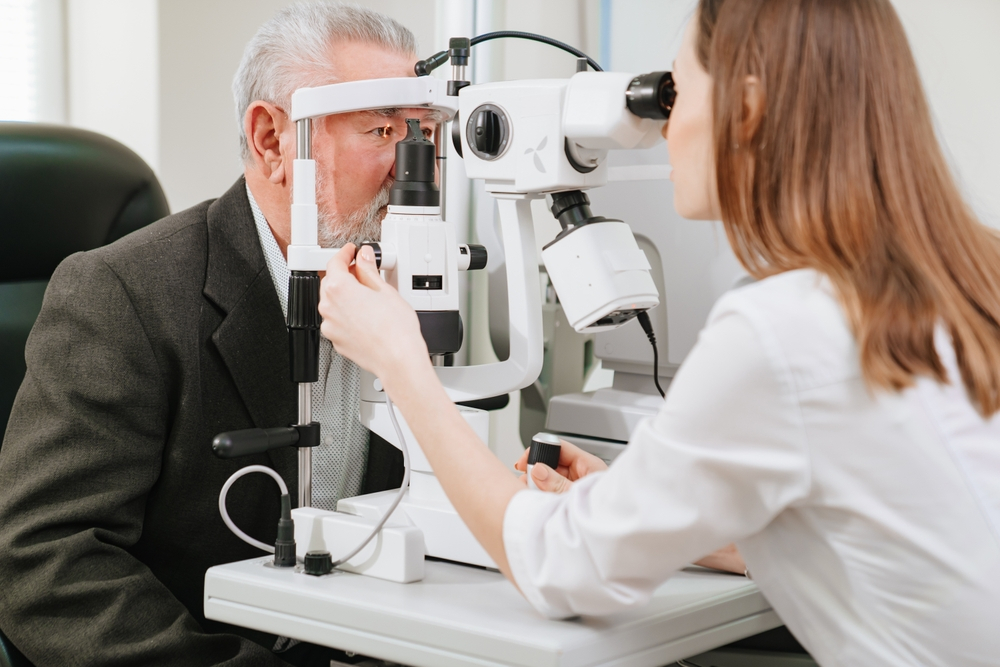
We've all heard the saying, "seeing is believing." But what if we told you that believing could be a pivotal part of seeing? Intriguing, don't you think? Well, welcome to the world of eye anatomy, where things aren't always as they seem.
Do the screens really damage the eyes? Can eating carrots give you a 20/20 vision? Are all sunglasses created equal? And when you step into an optical store, are you assailed with a vision test jargon that numbs you quicker than an anaesthetic? Timidly nodding yes? You're not alone! In the labyrinth of optical illusions, it's easy to get misled by misconceptions. Hence it becomes imperative to clarify facts from fiction in the realm of optical wellness.
Today, we embark on this eye-opening journey to debunk common myths, break down confusing terminologies, and share actionable tips that can safeguard your vision. Hold tight, prepare for some revelations, and let's unravel eyesight's intriguing narratives.
The Myopia Mystery
Myopia or shortsightedness is often shrouded in misconceptions. Urban legends suggest reading in dim light or using digital devices dreadfully contributes to myopia. But delve deeper, and the science narrates an incongruous story.
Recent studies demonstrate that environmental factors, particularly the lack of exposure to outdoor sunlight in childhood years, could promote myopia. A balanced indoor-outdoor life, therefore, is beneficial in slowing down the myopia progression.
Then what about the screen usage and eye strain? While prolonged screen exposure doesn't directly cause myopia, it does contribute to digital eyestrain, a temporary discomfort including headaches, blurred vision, and dry eyes. A balanced approach to screen time, alongside regular breaks, can go a long way in mitigating these symptoms.
The Carrot Connection
Often hailed as the superhero of vision, does the humble carrot deserve this eulogy? Carrots are high in vitamin A, a vital nutrient for eye health, but depending largely on them is akin to putting all your eggs in one basket.
Diversifying your diet with other vitamin A-rich foods, such as sweet potatoes, spinach, and bell peppers, can be equally beneficial. Additionally, nutrients like Lutein & Zeaxanthin found in leafy greens, and Omega-3 fatty acids present in fishes, play a significant role in maintaining eye wellness.
The Sunglasses Saga
All sunglasses offer UV protection. Myth? Absolutely! Drifting away from this illusion, it's vital to comprehend that not all sunglasses are created equal.
While darker lenses can provide comfort by reducing brightness, they may not guarantee UV protection. Sunglasses with a 100% UVA and UVB protection label effectively shield your eyes from harmful UV rays, which can otherwise lead to ocular issues like cataract and macular degeneration.
Vision Test Vocabulary
In the world of optometry, astigmatism sounds like a dangerous deformity and presbyopia resembles an infectious disease. Fear not, these diseases are commonplace and manageable!
Astigmatism refers to a common irregularity in the eye's curvature resulting in blurred or distorted vision. Presbyopia, on the other hand, is an age-related condition causing difficulty in close-up tasks like reading. Both are often correctable using glasses, contact lenses, or surgery.
Preserving and Protecting Vision
How do you protect your most cherished attribute? Something that allows you to partake in the beauty that the world has to offer. Your vision naturally. Creating an environment that uplifts your ocular health can be substantial for long-term vision preservation.
Ensure you nurture your eyes with regular vision exercises, a well-balanced diet, UV protective eyewear, and frequent breaks from digital screens. Regular eye check-ups are just as essential as they can detect potential issues at an early stage.
The Other Side of the Coin: Pros and Cons
While regular eye test help in early detection and prevention of eye diseases, they can sometimes lead to overdiagnosis. Overdiagnosis can often lead to unnecessary stress and treatments. However, the benefits far outweigh the cons, making regular comprehensive eye test a crucial part of maintaining your eye health.
Conclusion
As we wrap up this eye-opening rendezvous, let's quash the fiction and embrace the essential facts. Remember, maintaining your visual health isn't solely about popping carrots or donning sunglasses. It necessitates a holistic approach— a balanced diet, lifestyle adjustments and most importantly, regular comprehensive eye test. Because when it comes to vision, prevention is indeed better than cure. Eyesight is a precious gift; let's pledge to care for it, cherish it, and protect it.




.jpg)

Comments